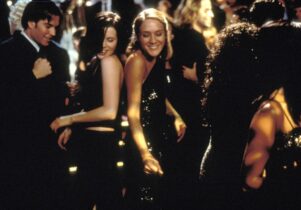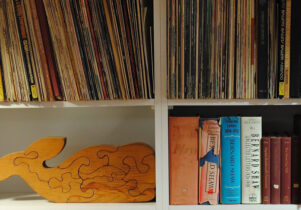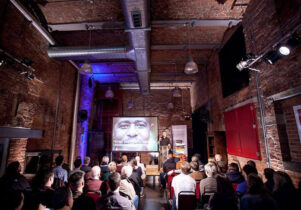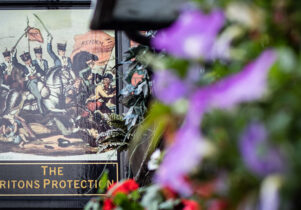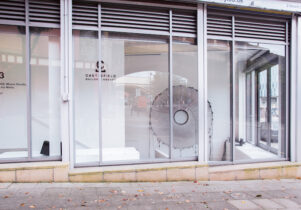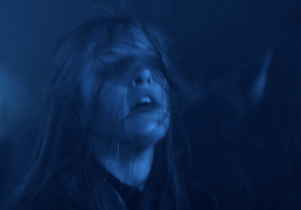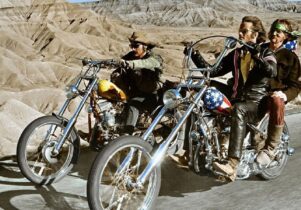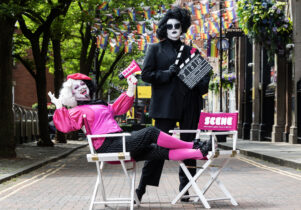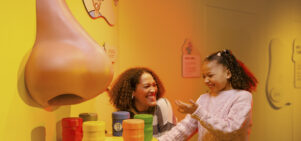Bigger than Life/ American Gigolo + Introduction at HOME
Tom Grieve, Cinema EditorBook now
Bigger than Life / American Gigolo + Introduction
Always double check opening hours with the venue before making a special visit.
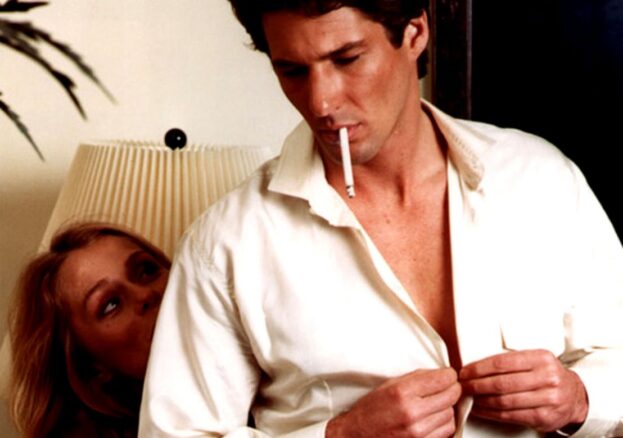
It features music by Blondie and Giorgio Moroder, suits by Armani and a simmering, career-making performance by Richard Gere — Paul Schrader’s American Gigolo is undisputedly one of the most stylish films of the 1980s. Gere plays Julian Kaye, a high-class prostitute who positively gleams amongst the sun and palms of Los Angeles. Meticulously turned-out, with a taste for fast convertibles and expensive sunglasses, his clientele is exclusively wealthy older women.
Julian embodies the kind of solipsistic materialism that came to define 1980s America in the popular imagination. A consumer, but also routinely consumed, we meet Julian as his life begins to unravel. Schrader marries his trademarked brand of existential character study (the director of Hardcore and Blue Collar also co-wrote Taxi Driver and Raging Bull) with the generic conventions of film noir and the seedy excitements of the erotic thriller, as one bad trick turns into a false murder charge and Julian is left trying to clear his name.
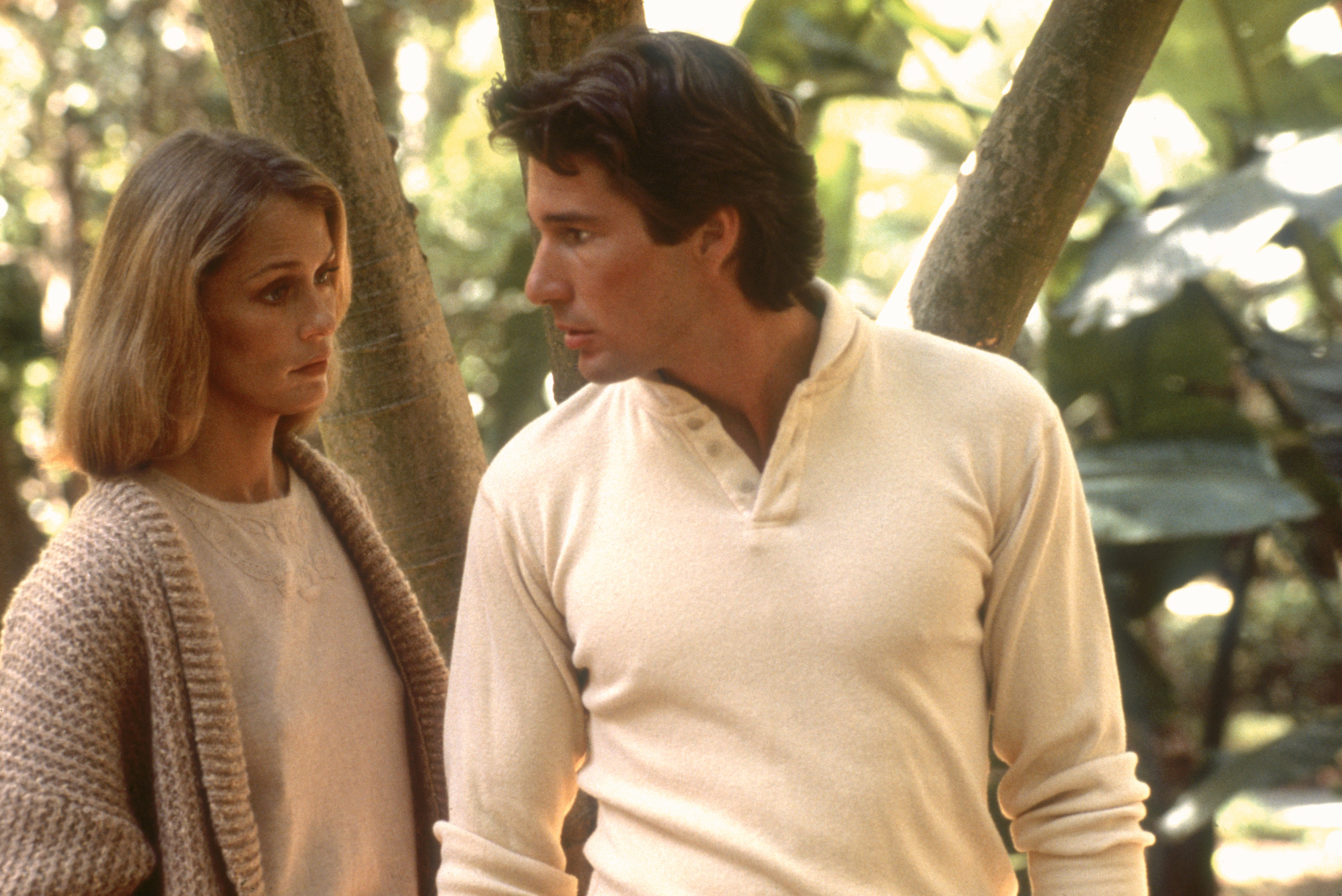
Julian’s strictly ordered life quickly crumbles, and his servile position within the upper echelons is made abundantly clear as friends and clients alike begin to melt away. Only Michelle (Lauren Hutton), a lover, patron and the wife of a US senator, remains an ally as Julian turns detective in an attempt to clear his name. Released in 1980, American Gigolo has a seventies sensibility and an eighties wardrobe. There’s darkness and a mean grit to this story of a male prostitute caught in the wheels of power, but Moroder wrote Blondie hit Call Me for the soundtrack, while fashion blogs and men’s magazines continue to obsess over the menswear on show.
Local programmers Bigger Than Life present the film from a rare 35mm print with an introduction by film writer Christina Newland. Editor of the upcoming critical anthology She Found It At The Movies: Women Writers on Sex, Desire & Cinema, Newland wrote in Sight & Sound that “spiritual sickness never looked so good” as in American Gigolo. The presentation at HOME should illuminate some of the complexities and contradictions which are essential to the movie, and present viewers with context for a film which simultaneously borrows a conclusion from Robert Bresson’s Pickpocket and features enough full-frontal nudity to turn its star into a sex symbol.
